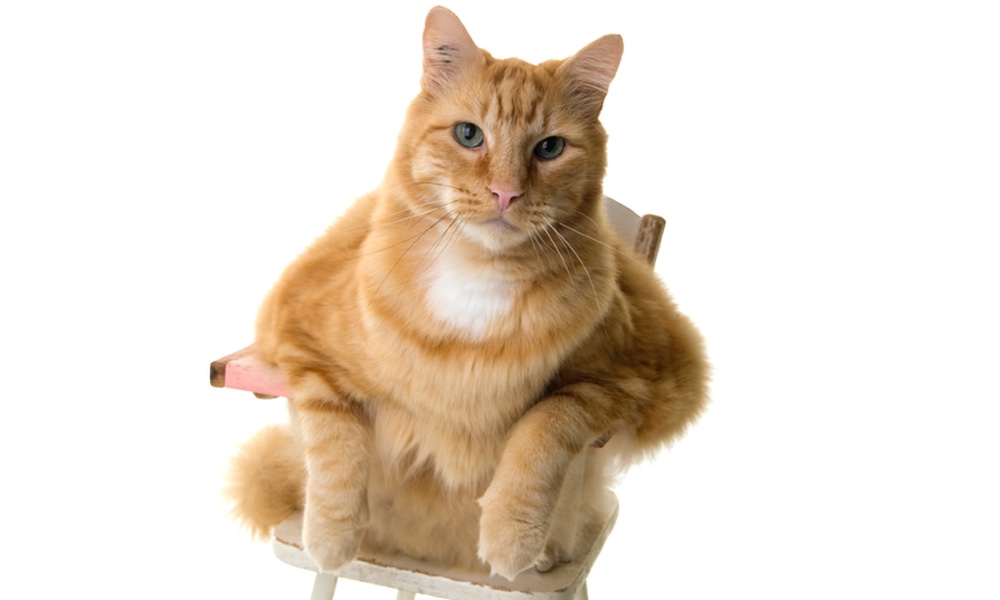A new study out of China sheds light on the risk pet owners may pose to our domestic animals during the COVID-19 pandemic. The highest risk of human to pet tranmission, the study found, is to cats. There is also reason to view the research with some skepticism, however. Despite the news concerning coronavirus transmission to a tiger and other big cats, there is scant evidence of much viral transmission between humans and animals.
In late March four tigers and three African lions at the Bronx Zoo exhibited signs of coronavirus including dry coughs, after a handler had been diagnosed as COVID-19- positive. The condition of the tested tiger, Nadia, as well as the other cats, continues to improve, according to a statement by the zoo. The announcement of the symptoms, not only by the zoo but the USDA, prompted worldwide fear among owners of smaller cats.
The USDA advised that if people are COVID-19-positive they limit contact with animals until more is known about this disease. No other animals at the zoo are showing coronavirus signs.At this point there is no evidence pet owners are at risk of COVID-19 exposure from their cats or dogs. The precautions you take to avoid infecting others are the best way to reduce the risk that you will expose your pets to the virus.
Daniella Dos Santos, President of the British Veterinary Association in London, cautioned that while these cases are of interest they are few and far between. The Chinese study should be considered preliminary since it has not been peer-reviewed. “We’re heading into two million cases, and the [transmission to animals] remains an infintesimally small number [worldwide],” Dos Santos told TheDoctor. Besides the tigers and lions in New York, she cited a cat in Belgium who became infected with the virus from its owner and two infected dogs in Hong Kong, both living with owners who tested positive for COVID-19. These are very small numbers.
What the researchers found was that both ferrets and cats are vulnerable to contracting COVID-19, but generally dogs, pigs and chickens are not. Dos Santos stressed that the main cause for concern with any animal is its role as a surface that attracts the virus in the same way our clothes do when we go to the store.
COVID-19 infection caused serious lesions in the cats' lungs and nasal passages, but this may also be a reflection of the intense viral load to which the cats were exposed. Researchers responsible for the study at Harbin Veterinary Research Institute in China were contacted several times for this article, but did not offer comment.
Pet owners, at this point there is no evidence you are at risk of COVID-19 exposure from your cat or cats, and the precautions you take to avoid infecting others are the best way to reduce the risk that you will expose your pets to the virus.
Don't interfere with your cat’s natural instincts by making it stay inside if it will stress your pet, Dos Santos urges, but do what you can to protect your cat from you. Though the risk for human-to-animal transmission is small, she said, owners should practice the same good hygeine as they would interacting outside the home. If positive or symptomatic, avoid contact with your pets. If someone who carries the coronavirus strokes its fur or sneezes on the cat, it could lead to infection.
The study is published in Science.
ADDENDUM: Since this story was published, the CDC has made the following recommendations for pet owners until more is known about COVID-19 transmission and pets:





